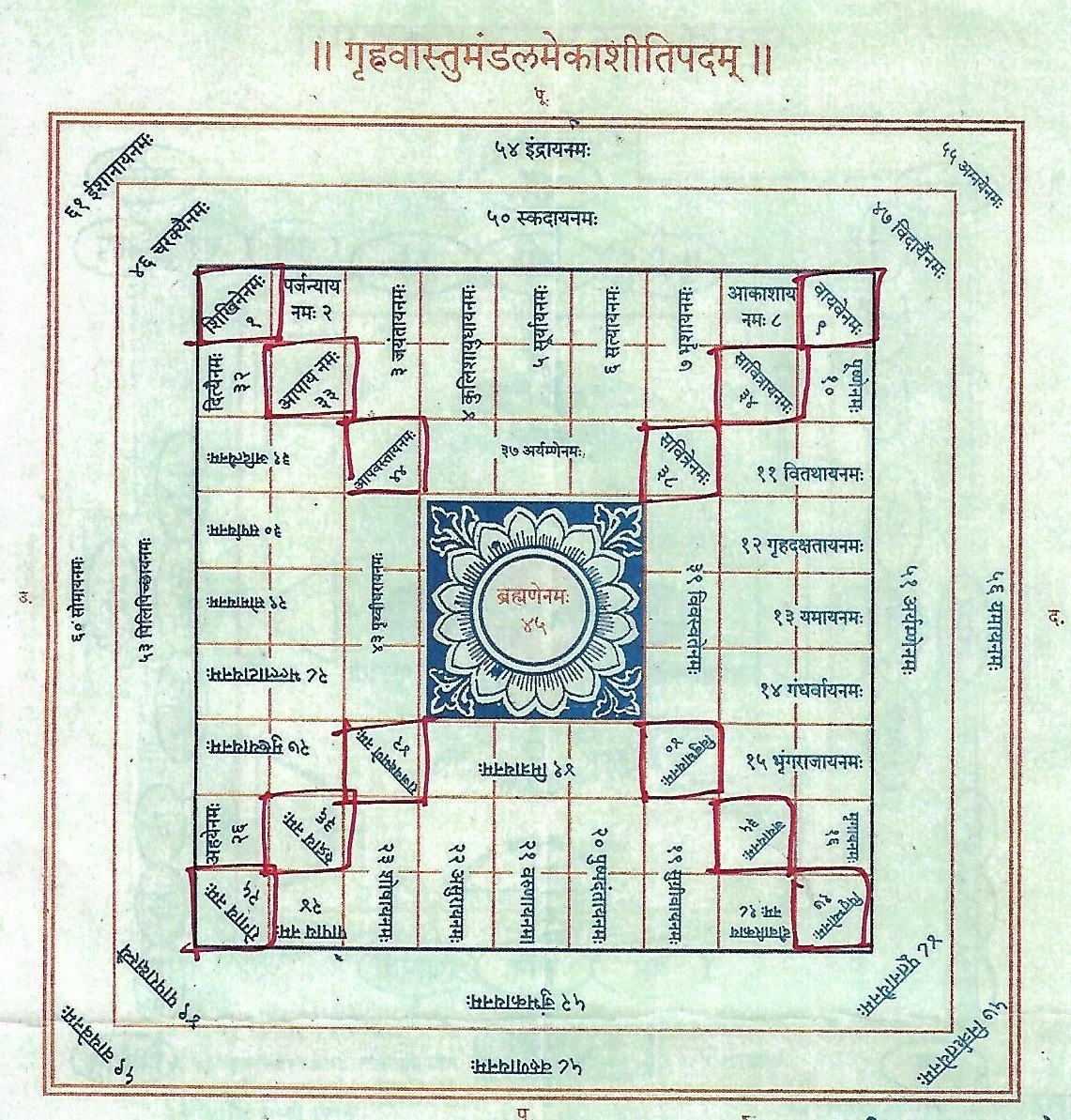ANDY WARHOL
Before he was Andy Warhol, Andrew Warhola was making a living as a commercial illustrator in 1950’s New York. He drew shoes for magazines and manufacturers, designed book covers for pulp novels and record covers for weekly hits and, in the role that allowed him the most bounds for experimentation, he created greeting and holiday cards for Tiffany and Co, as well as the MOMA. It is unsurprising, to know Warhol as we do today, that he always loved Christmas. He was a devout man, and charitable throughout his life, but something of the kitsch, Americana of contemporary Christmas festivities spoke to him and the designs he made for Christmas cards become his most popular. Using a unique technique of blotting ink and then tracing hard outlines on a new sheet of paper lowered atop the original, Warhol’s distinctive style of the day lent itself to festivities. His illustrations are warm and playful, full of character while retaining a remarkable simplicity in their style. It was not long before his genius was noticed, and he dropped the ‘a’ of his last name to become the artist we know today, but in these early, commercial works, we can see so many of the technical and contextual components that led to his maturity.
ANDREAS FEININGER
Feininger was not interested in people. A pioneer of modern photography, both as an artist, a writer, and an educator, almost none of his thousands of images are of humans. Instead, he captured cities, skylines, and the natural world. To look at his images is to see a flattening between these two seemingly exclusive realms. Close up, almost abstract images of shells, bones, plants and minerals seem to speak the same language as his moody, atmospheric, and often revealing images of Manhattan or, as this image is from, Stockholm. Training first as an architect, he worked at the Bauhaus where his neighbour was Moholy-Nagy, one of the founding fathers of the modern photograph. He took up the camera and never looked back, yet his architectural training is evident in everything. This abstraction of the Stockholm ground looks like a work of urban planning run wild, as much as it does some unknowable natural form. Feininger saw buildings, cities, and modernity as something not against the natural world but altogether in dialogue with it.
MARK ROTHKO
Having studied under the father of Color-Field painting himself, Josef Albers, Mark Rothko took the genre in new and staggering directions. Applying thin layers of diluted oil paint, painstakingly slowly so as to build up soft hues on the canvas such that the works are almost luminous in their color, Rothko wanted to control the viewer on a carnal level. He removed the intellectualism of Albers and many of the abstract expressionists around him. Instead, he didn’t want the viewer to try and rationalise the work or any feelings it provoked - Rothko tried to find an innate, visceral science to color that when executed in tandem and relation to each other, as seen here, could bring the viewer on a preset journey of emotion. It is for this same reason that almost all of his works were unnamed - any context outside of the experience of viewing them felt unnecessary and could detract from the deeply human experience of hues and shades affecting oneself.
Paul Zweig
A poet, critic and memoirist, Zweig was admired by his friends and the literary circles around him, but remains in wider obscurity to this day. Zweig was an obsessive study of culture, peoples and moods. Cross pollination is clear in Zweig’s work, his techniques as a memoirist clear across his poetry. A careful and astute eye, self-possessed and self-aware, he wrote as if with a magnifying glass, looking at the offhand nature of the world and reading the truth from it. While he looked outwards, he found himself everywhere. He journeyed deeper into the self with each evocative work.
Jack Spicer
Spicer saw the poet as a radio, intercepting transmissions from outer space. Language was furniture, through which information navigated. He was a radical, both in his literary style and in his life, defying every convention at every turn. Refusing to allow his work to be copyrighted, Spicer ran a workshop called ‘Poetry as Magic’, and for him the statement was true. Poetry was a means to experience and translate the unexplainable, and had to be freely available for those who searched for truth. Spicer died penniless and with only small acclaim, like so many poets before and after him, but the ideas he laid out in his work have gone on to influence thousands of poets after him.
Amiri Baraka
Amiri Baraka was many things, and many things to many people. The most significant black poet of his generation, Baraka also is considered the founder of the Black Arts Movement and the Second Harlem Renaissance. Baraka wanted poetry, literature and art to be a legitimate product of experience. In doing so, he could hold a mirror up to a world in desperate need of self reflection. He was as fearless in his writing as he was in his activism, and he had a clear vision. The BAM became an aesthetic and spiritual sister of Black Power and Baraka’s voice was the most poignant, cutting and profound.
Joan Didion December 25, 2025
You will perhaps have difficulty understanding why I conceived the idea of making 20 hard-candy topiary trees and 20 figgy puddings in the first place…
2h 12m
12.24.25
In this clip, Rick speaks with Brian Armstrong about the relationship between Crypto and the government.
<iframe width="100%" height="265" src="https://clyp.it/lextfl3r/widget?token=0c05c82a85c25446c18ae9abad7ec983" frameborder="0"></iframe>
<div style="padding:72.92% 0 0 0;position:relative;"><iframe src="https://player.vimeo.com/video/1149087982?badge=0&autopause=0&player_id=0&app_id=58479" frameborder="0" allow="autoplay; fullscreen; picture-in-picture; clipboard-write; encrypted-media; web-share" referrerpolicy="strict-origin-when-cross-origin" style="position:absolute;top:0;left:0;width:100%;height:100%;" title="It's a Wonderful life clip 3"></iframe></div><script src="https://player.vimeo.com/api/player.js"></script>
Trisha Singh December 23, 2025
A Hindu temple does not serve just as a place of worship but as a three-dimensional map of the universe, rendered in stone…










Thursday 25th December
On Christmas Day, the Moon dwells in Aquarius, opening us to the wider cosmos and to humanity’s shared destiny. Today we celebrate the birth of Jesus Christ—an event that bridges Earth and heaven, matter and spirit. We gather, we feast, and we share warmth with those close to us. As evening falls, the night sky opens itself in quiet majesty; Saturn and Jupiter stand visible, while the stars themselves seem to come alive with wonder. In this spacious Aquarian light, we are invited to lift our gaze beyond the immediate and remember that Christmas is not only a historical moment, but a living one—renewed wherever reverence, love, and attention are born into the human heart.
<style>
audio::-webkit-media-controls-timeline {display: yes;}
audio::-webkit-media-controls-current-time-display{display: yes;}
</style>
<audio id='a2' style="height: 5vh; width:100%;" controls="" name="media"><source src="https://clyp.it/i2dcqjgh.mp3?token=1d9f83d1f68d3f3bf0eb2c282e0af152" type="audio/mpeg"></audio>